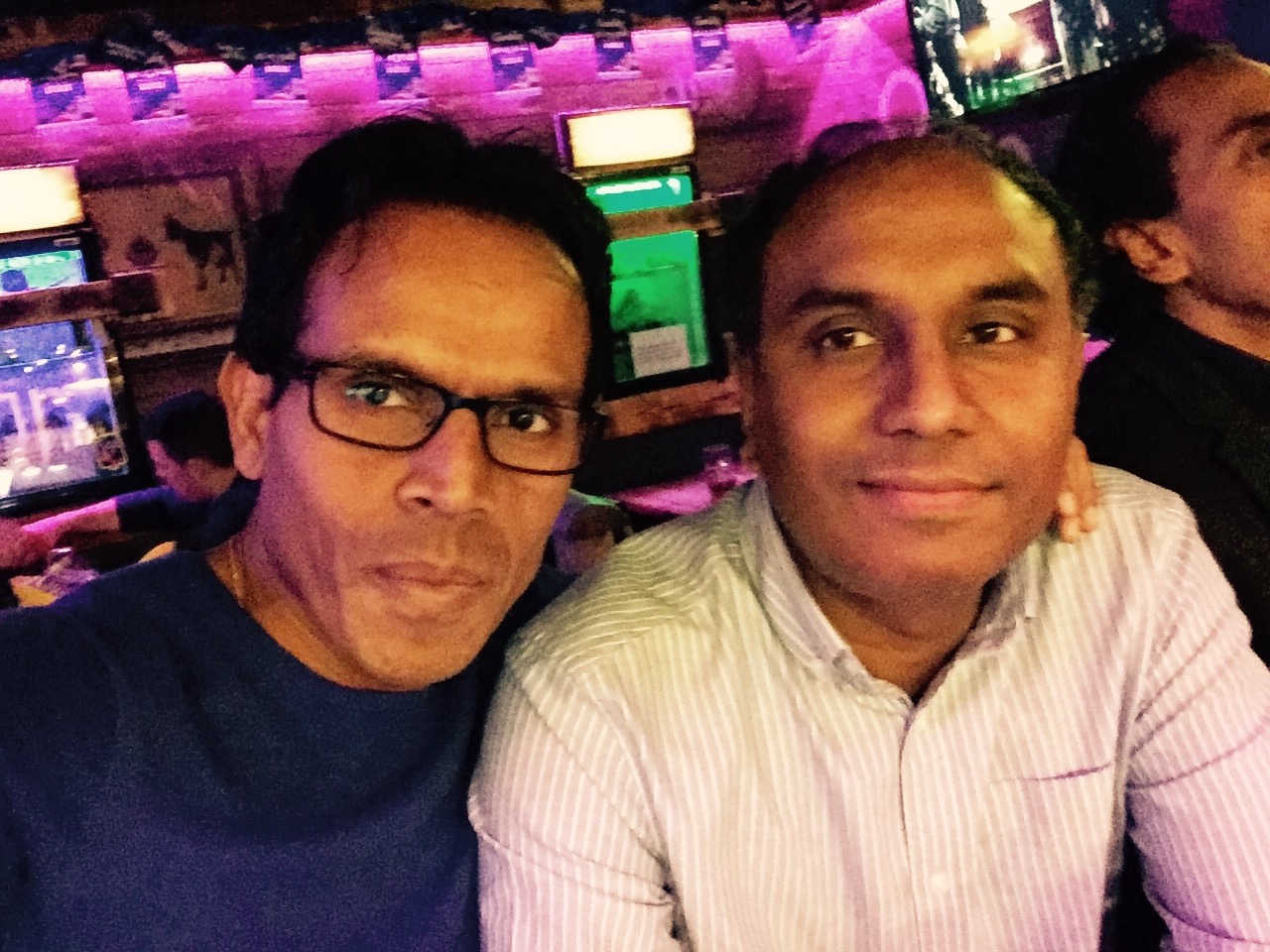Blogs
-
 In Loving Memory of My Childhood Friend, Shanger
In Loving Memory of My Childhood Friend, ShangerOur story began over 50 years ago, in our small village of Kiliveddy. We were just kids back then – playing, laughing, arguing like brothers, and making memories that would last a lifetime.
-
Why did the war in Ukraine start – A historical perspective
The war in Ukraine is often portrayed in the West as an unprovoked Russian invasion driven by a desire to expand territory. According to this narrative, Russia wants to restore the power of the Soviet Union and has ambitions to invade more European countries.
But is this an accurate explanation, or is there a much more complex background that is ignored in the Western narrative?
-
When time moves on, but the heart doesn’t
A few weeks ago, I received a message from my cousin asking if I had any videos of her father from when he visited us in Denmark. I believe it was in 1996 when he came to see us.
Less than one year later, he was assassinated in Sri Lanka by the Tamil Tigers (LTTE) during a school opening ceremony. It was July 5, 1997.
-
Hypocrisy of Europe
Efter krigen i Ukraine, begyndte Europa at indføre sanktioner mod Rusland. Den ene sanktion fulgte den anden i et forsøg på at lægge pres på Rusland, og til sidst kom også sanktionerne mod handel med russisk energi. Det betød farvel til den billige energi fra Rusland. En del af sanktionerne blev indført for at “straffe” Rusland – et invasionsland bør mærke konsekvenserne. (Vi skal nok ikke tale om situationen i Israel, Palæstina eller Libanon lige nu; det er “helt, helt anderledes.”)
-
The War in Ukraine: A Power Struggle Between Russia and NATO – A Conflict Rooted in Broken Promises
Since Russia’s invasion of Ukraine on February 24, 2022, the world has witnessed a brutal conflict that has claimed thousands of lives and displaced millions. While at first glance it appears to be a war between Russia and Ukraine, the roots of the conflict run much deeper. In reality, it is the result of decades of unresolved tensions between Russia and the West, particularly NATO. To understand why Russia invaded Ukraine, we must look at Russia’s repeated warnings against NATO’s eastward expansion—warnings that the West ignored.
-
Sri Lanka’s New President: Moving Beyond Divide and Rule
As I mentioned earlier, Sri Lanka has a new president. When I say "new," it truly feels like a fresh start. He has only been in power for less than 14 days, but already, people across the country—and even those living abroad—are sensing that change is coming. There's a palpable sense of excitement and hope in the air.
-
Sri Lanka Has a New Prime Minister
Sri Lanka has just made history again, with the appointment of Harini Amarasuriya as the country’s third female Prime Minister. It’s an inspiring moment, especially knowing she follows in the footsteps of two remarkable women, Sirimavo Bandaranaike and Chandrika Kumaratunga. But this isn't just about having a new leader — it feels like a real step forward for the country, a reflection of how women are increasingly shaping the future of Sri Lanka.
-
Sri Lanka Has a New President
Sri Lanka has entered a new chapter with the election of a new president. After years of economic challenges, including mounting debt, fuel shortages, and a scarcity of essential goods, the people of Sri Lanka were yearning for change. Ranil Wickremesinghe, who took over after the resignation of former President Gotabaya Rajapaksa, played a crucial role in stabilising the country’s economy. However, it seems the desire for a fresh start and a break from the traditional political establishment grew stronger.
-
Sri Lanka Election 2024
As Sri Lanka approaches its upcoming presidential election, it’s clear that a wind of change is sweeping through the political landscape. After reading several articles and spending some time catching up, it's hard to ignore the growing momentum around AK Dissanayake, the leader of the NPP/JVP.